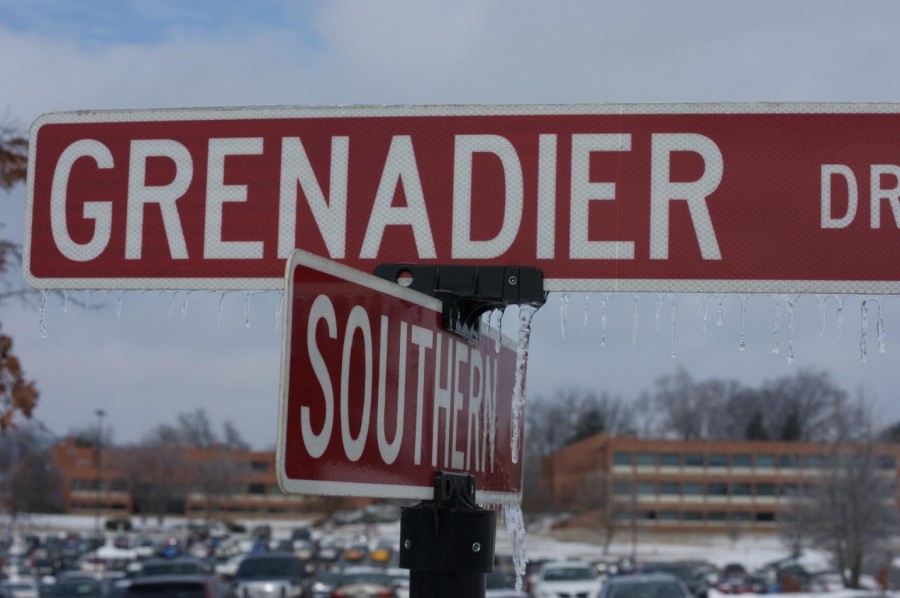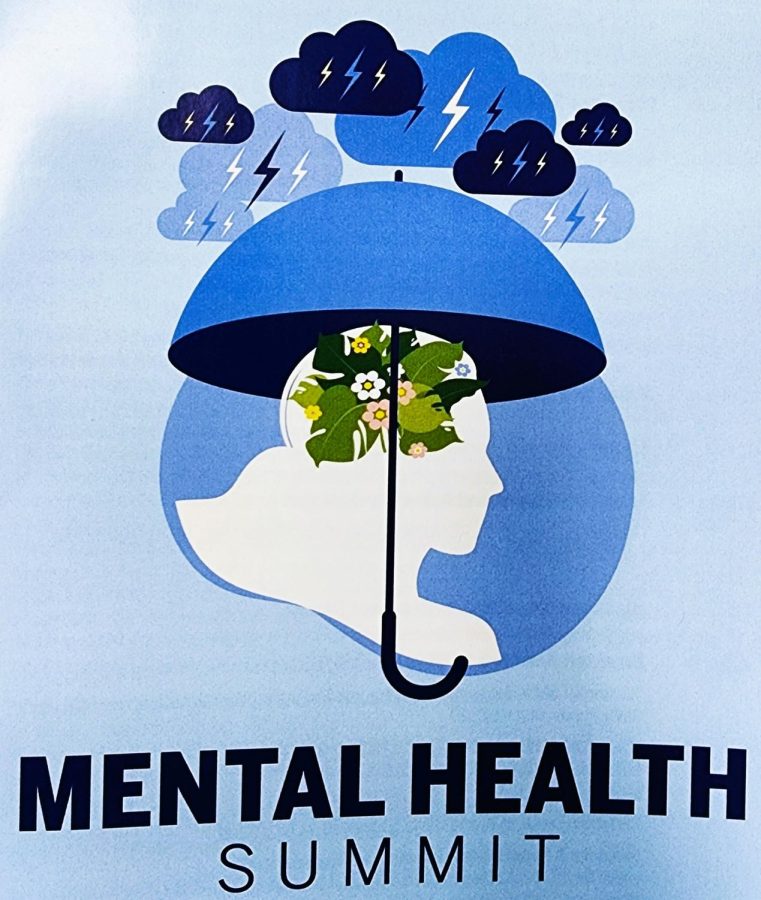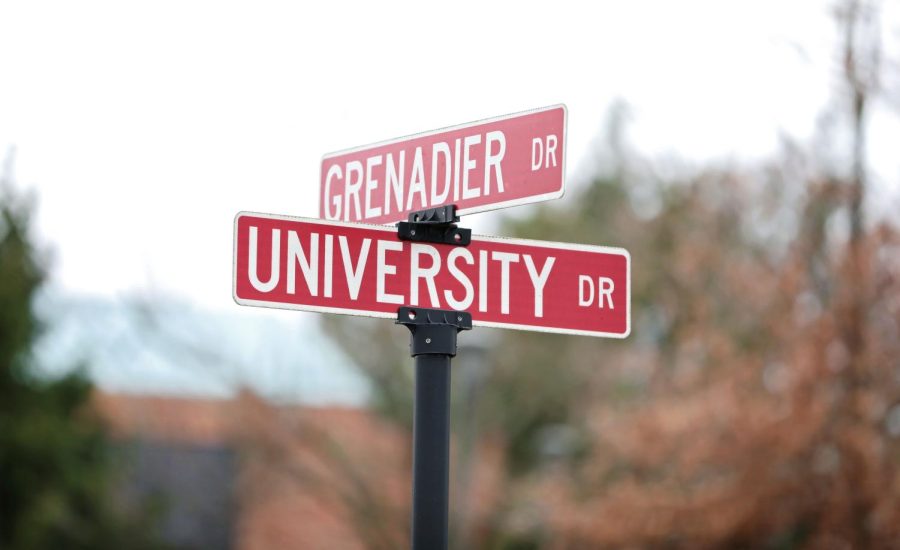It may be called the spring semester, but so far it’s been nothing but winter. IUS students have already had one snow day and three delays, with February and March still to come.
IUS Police officers say they have been impressed so far with students’ ability to adjust to the less-than-favorable road conditions and have not had to respond to any major accidents.
In an attempt to keep it that way and safely transition into spring, Kyle Forinash, professor of physics and Anton Konychev, lecturer of Physics, along with IUS Police Officer Stephen Miller, have offered some of their expertise to provide some driving reminders and tips for the winter conditions.
Is it Necessary to Drive?
This is the first safety decision a potential driver should make. After a precipitous winter storm comes and goes, leaving behind its snow and ice, it can take some time before the roads are safe for travel.
“For the first eight hours, stay inside,” Miller said, “Let the road crew do its thing…let the warm sun take its toll on the snow.”
Delays and cancellations are enacted for this very reason.
Prepare Vehicle for Driving
Waking up to a frozen landscape and a buried car are bad enough, and if you’re running late, cleaning all of the ice off of your windows is a chore you could be tempted to do half-way.
This may seem like a no-brainer, but so many vehicles end up on the road with just a slit in the ice to peer through for visibility. Take the time to give yourself as much of your 360degree visibility as possible, and remove ice from your hood, roof and headlights.
Miller said that as a vehicle approaches highway speeds, ice from hoods and roofs can become projectiles that are dangerous to other drivers.
Windshield Wipers
Windshield wipers have a fun habit of becoming useless in winter weather, which ironically is when they would come to be the most useful. After a storm that leaves windshield wipers frozen to the windshield, they can be easily damaged when you ram them with your ice-scraper out of frustration.
Even when loose, they seem to just run over the top of leftover ice and snow on the windshield. Also frustrating is the ice that begins to melt as your car warms that runs in tiny rivers in your line of sight. A few minutes behind a larger vehicle, and dirt and salt flung from the road make a nice, opaque windshield.
Avoid this by preparing windshield wipers before a predicted storm. Miller suggests taking them off of your window and standing them straight up to preserve their squeegee abilities and to keep them from freezing to the glass.
“Two days ago I started doing that,” Miller said.
Drive Within Your Comfort Level
Once you’re out on the roads and the main thoroughfares, you’ll start to get a feel for how good or bad the driving conditions really are and how other drivers are managing the conditions. Start off slow and ease into a comfortable speed, and determine how much reaction time you will need.
There will always seem to be that one driver who is barreling past everyone, seemingly oblivious to how the conditions have changed from the day before.
“You’ll probably see them in a ditch about a mile ahead,” says Miller, “if you have to, pull over and let them go around. Play it safe.”
Don’t feel like you need to be that person. Your goal is to safely arrive at your destination, not to defy the laws of physics.
Allow More Stopping Distance and Ease Onto Brakes
Pavement and pavement coated in ice and snow have different properties when it comes to the friction your car tires need to have your vehicle come to a halt.
Professor Konychev says, “The stopping distance is inversely proportional to the friction coefficient,”said Konychev, a member of the IUS physics faculty. “It means that if you
cut the friction coefficient in half, the distance will be twice as long.”
“A car traveling at twice the speed will need the stopping distance FOUR times as large.”
Be Cautious Changing Lanes
Your vehicle is at its most vulnerable to slippage while the wheels are being turned. When changing lanes, you are slightly turning your wheels to allow your car to move to the left or right while continuing to have most of its momentum moving forward.
Often, roads will have a strip of compacted snow between lanes that has not been cleared away after a recent storm.
“If there is no friction force due to ice, cars tend to continue sliding in a straight line, making stopping and turning very difficult,”said Forinash, professor of physics.
The vehicle is especially susceptible to spinning out of control during this maneuver. This is where having clear windows and full visibility is especially valuable, says Miller.
“I’m a fanatic about looking over my shoulder when I change lanes,” Miller said, “Some people tend to only use their rearview mirror and think it gives them the whole picture and almost hit someone.”
Over-correcting in the summer on a dry highway may be possible, but doing it across a sheet of ice may lead to a potentially severe accident.
Avoid Stopping or Parking on Ice
Trouble can come when vehicles approach intersections as snow and ice are compacted and pushed around as cars and plows turn in different directions. This is where if you aren’t lucky enough to ease through a green light, you will be forced to accelerate from a dead stop against the ice.
“Accelerating gently so that the wheels don’t slip provides more force for getting going,” Forinash said, “So you want to avoid spinning the wheels if at all possible.”
Don’t Tailgate Other Drivers
Similarly to allowing your vehicle ample stopping distance is providing the car in front of yours the same courtesy. Even when traffic seems to be flowing along nicely, being too close to the bumper of another driver reduces your own ability to see what potential dangers lie ahead as well as your ability to react to a sudden reduction in speed by that driver.
This is good advice for any driving conditions, but are amplified when driving in snow and ice.
Be Aware of Drivers in Smaller Vehicles
A large part of safe, winter-weather driving is being aware of and courteous to your fellow drivers. Being behind the wheel of a large automobile can make a driver feel less vulnerable, but the same rules apply.
“Owners of fourwheel drive often are at an advantage in getting started because they have four wheels pushing the car forward,” Forinash said, “But they have no advantage in stopping; all cars have four-wheel braking. So in some regards, fourwheel drive is dangerous because you can get going faster than two wheel drive but you can’t stop any faster.”
Miller agrees.
“People think four-wheel drive is invincible, but zero traction is zero traction whether it’s four wheels turning or two.” He said.







